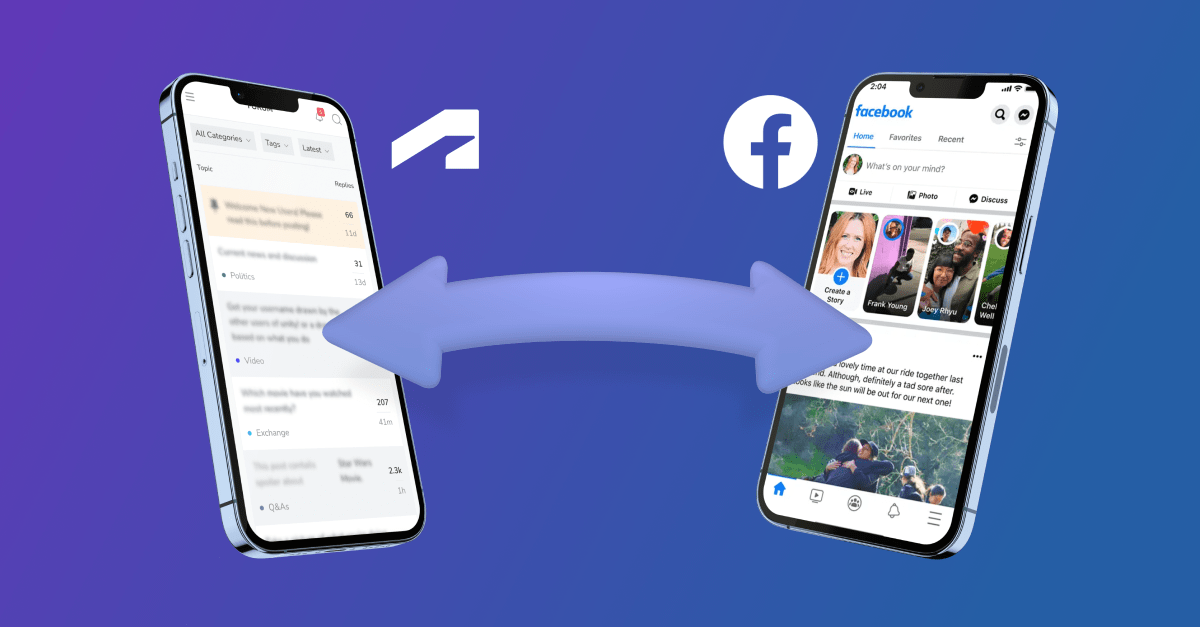How Autodesk integrated Facebook without increasing costs
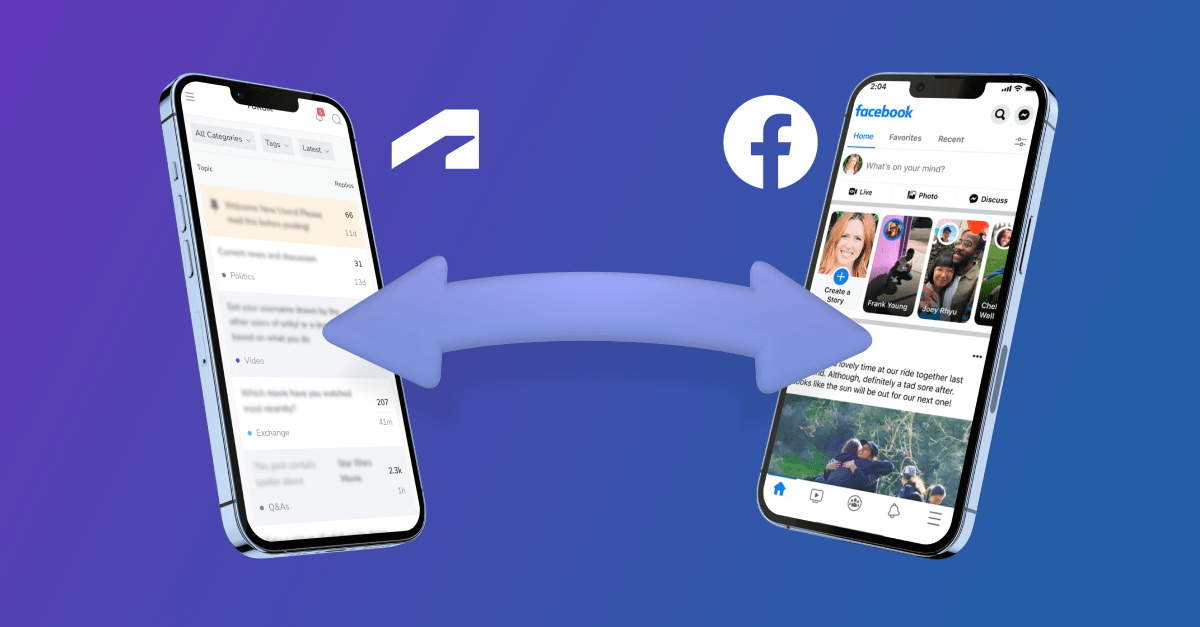
By Chris Coumbe at Autodesk
Companies have invested a lot of resources into creating self-support communities for their customers. Forrester reports that 81% of companies have some sort of self-service mechanism in place. But the reality is, not all customers are going to create an account on your online community to get the information they need. So how can you serve them if they are gathering outside your company’s ecosystem?
Autodesk researched the technologies available for improving the community experience. The goal was to identify a way to unite Autodesk users and enable them to engage with each other on social media and other platforms. The changes that Autodesk made to its technology stack will enable it to scale up service to more customers, across more platforms, in more languages – without adding more people to manage the increased engagement.
The challenge with omnichannel
The Autodesk Community holds a vast knowledge base of customer questions, answers, and discussions, and it is home to around 300 Autodesk super users, known as Expert Elites, who answer a huge number of customer questions. But it is cognizant that the company-managed online forum is not a place everybody wants to go.
There are thousands of customers in groups on Facebook, Reddit and other platforms (and other countries) that are engaging outside of the Autodesk’s ecosystem. Over the years, we have tried several campaigns to draw more members into our online community, but with lackluster results. So, we changed our way of thinking.
An ethos of modern community teams is to “meet the customer where they are.” With so much choice available today in how people get their information, we can no longer rely on the premise that “If you build it, they will come.” Our team’s mission is, “Connecting the customer to the expertise they need,” and we needed to connect them to that expertise no matter where they were. The problem was, even though we have a great community team, it’s small, and we don’t have the resources to be able to focus on multiple platforms.
The beauty of automation
During an industry event, I heard iTalent Digital and Microsoft Power Platform co-presenting on the results of using iTalent’s SmartConX (formerly known as Intelligent Content Syndication or ICS) on Microsoft’s PowerBI Community. Essentially, the cloud product syndicates (publishes) content across different web properties, and allows the community manager to focus on one online forum while the content is being propagated out to other web properties.
The impressive part was, once a piece of content has been syndicated to another forum, all the replies are bi-directionally syndicated – with the potential of being translated into other languages – automatically. I was excited when I saw this and couldn’t wait to use it to expand Autodesk’s community content and discussions into social media.
Linking our online community with Facebook
Autodesk decided to test-drive the technology on Facebook, so the first step was setting up a Facebook group for Autodesk users and identifying the forum that would be the “source” property for content syndication.
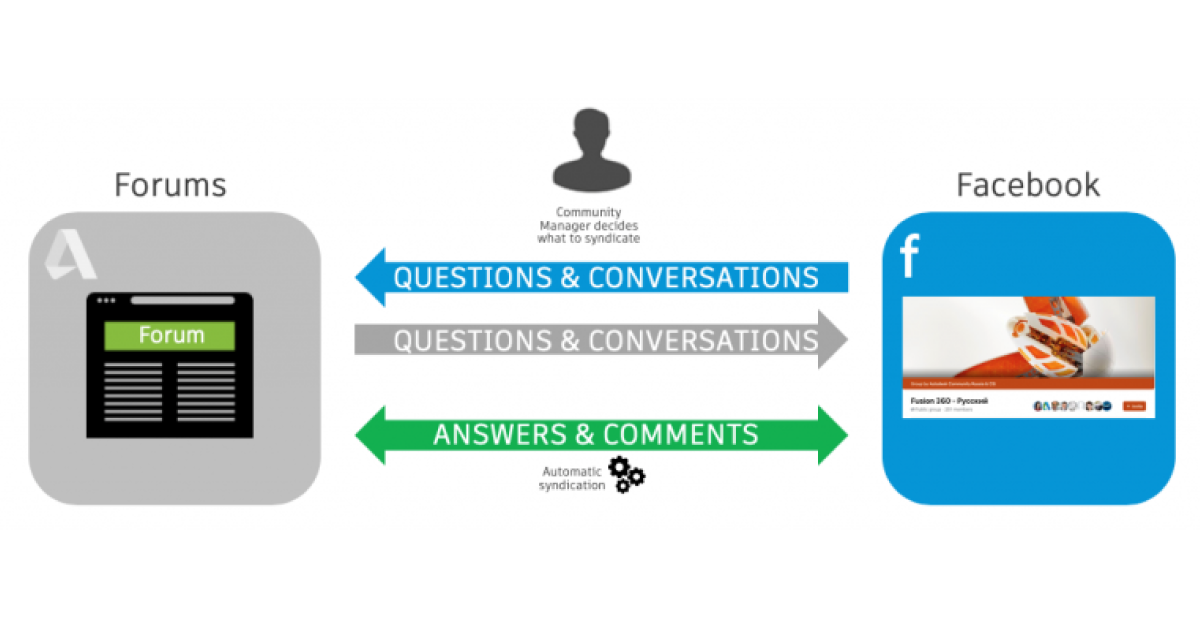
What we hoped to get out of the test drive were the answers to the following questions:
- Does the technology work?
- Will our super users engage?
- Will we reach a new audience?
- Will we see a shift of members from our online forums to Facebook?
- Will this positively affect our Customer Effort Score (CES)?
- Will we see different types of conversations?
Increase in user activity
I’m excited to share the results we saw from our four-week test run. It has been great to see questions and answers coming from both the forum and the Facebook group, with both user groups interacting with each other seamlessly, as if they were all on the same platform. The Facebook group membership grew rapidly during this period.
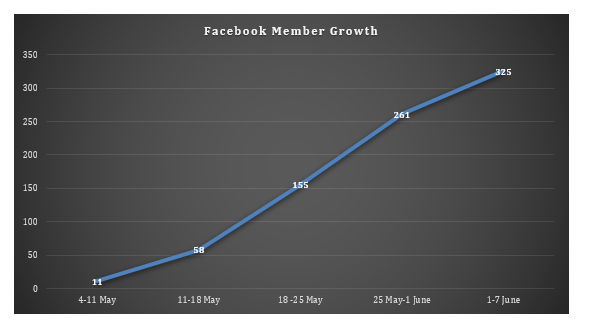
What’s more, at the same time we saw an 8% increase in the forum’s active users as a by-product of expanding the audience and awareness.
Improvement in CES
Autodesk recently switched from using customer satisfaction scores (CSAT) as a metric to using the customer effort score (CES). This is measured on a 7-point scale from low effort to high effort answering the question, “How easy was it for you to…?”. Confusingly, the higher the percentage score, the lower the customer effort involved in performing that activity. While results are still preliminary, we are already seeing significant improvement.
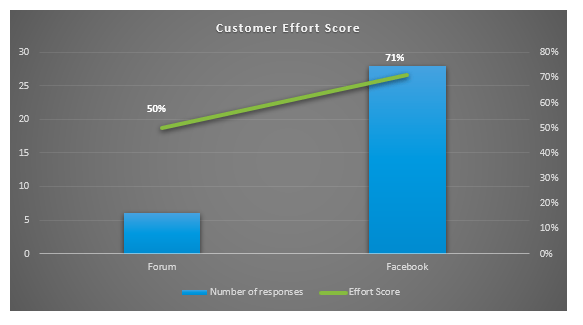 Impact on types of conversations
Impact on types of conversations
The very nature of Facebook encourages more informal conversations, in addition to the more technical ones that we see, and because of this I believe that members “pop in” more often and maybe choose to “hang out” more in the Facebook group and interact – which is the type of environment we are trying to cultivate: a place where members can ask questions and get answers, but also a place where they feel comfortable to hang out, chat and discuss.
What’s next
Based on the success of this experiment, Autodesk is now working to expand the scope and integrate four more of the most popular forums with social media. After this, we are planning to expand to other social platforms where we know our customers are already congregating, including Reddit. Eventually, we will explore the ICS connector’s translation feature that automatically translates all the content (bi-directionally and in near-real-time) to the target language, which is a great feature for us given that we have customers worldwide.
Note: Chris Coumbe has been at Autodesk in a variety of roles since 2011. His background is technical, process re-engineering and service design. One of the many responsibilities that he has is to automate, increase efficiency and improve customer experience across the Autodesk Community.

